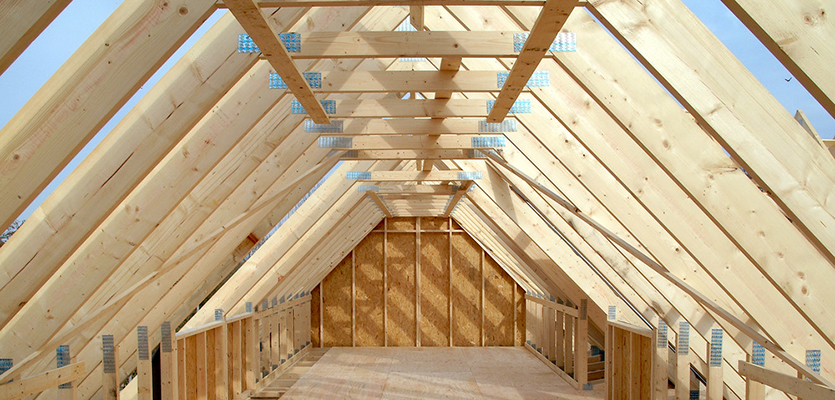The development of roof trusses being engineered from plan and delivered on-site is all so ho-hum normal these days. Even though some builders still use sticks engineered roof trusses are big business. Competition among manufacturers is fierce, which is good news for builders.
The competition is keeping pricing keen and manufacturers are constantly looking at ways of reducing costs even further. Investment in state of the art machinery, re-structuring businesses and contracting out services, such as delivery, are just some of the strategies being used by truss manufacturers.
While the competition keeps downward pressure on pricing manufacturers are asking builders to communicate a little better to allow them to maintain the lower prices and service levels. Is this a case of manufacturers crying wolf and wanting to put some of the onus back on builders for some of the problems surfacing around the industry? Let`s have a look.
Framebuild
At the recent series of FrameBuild conferences the Frame and Truss Manufacturers Association of Australia (FTMAA) raised the issue in their presentation. President, Peter Wines started with a humorous description of a real life delivery involving one of the contract drivers. While Peters` story was genuinely funny the reality was that lack of communication and an unwillingness to compromise meant everyone lost out. The manufacturer incurred extra expenses while the builder suffered down time.
Peter – Space here for a quick run down on the driver story.
What was the issue? Access.
Trusses are by far the largest item delivered to a building site and can be 12 metres long. The nature of the relationship between builders and suppliers is “I ring. You bring.” Now that`s fine when you can run straight in and drop the load in an area large enough but these days blocks are smaller or have more than one dwelling on the site. Space on many building sites is now at a premium. Sand, steel bricks and windows all compete for space and all may need to be moved to allow the delivery to be made. Delivery drivers are under the pump too. They need to meet schedules and bad sites are their nightmare.
So what is the answer? Communicate.
Now that is not a dig at builders to get their act together. Manufacturers want to know more about the builders specific needs. If it is a difficult site let the manufacturer know. There are things they can do to help, like load the truck in a specific sequence to simplify delivery. If access is limited due to narrow streets, parked cars or power lines the manufacturer can plan the right vehicle for the delivery…if they know.
Access to the site is crucial and it helps if the trusses are to be delivered to ground that a clear, even, dry space is available. Structural integrity is vital for roof trusses and if dropped onto an ill –prepared space damage and the need for costly replacement may occur. Delivery directly to the top plate is usually preferred but not always possible.
Overhead power lines and no-go zones should be allowed for. Operators can work freely if 6 metres from power lines, need a spotter in the 3-6 metre zone and cannot work at all within 3 metres of power lines. There is no point in having a go at the operator if he says no as he can`t legally do it.
Equally important is the bracing of the wall frame to take the load of the trusses if lifting onto the top plate. The builder or his representative should be on site to take responsibility and make decisions.
Delivery onto the ground may still be difficult without proper housekeeping. Open space with no debris or other obstacles is preferred. If the space is not even serious deflection may occur and damage result. The trusses may be in need of rectifying later on or in some cases truss members can be broken which require replacing the entire truss.
Pre-planning the delivery, good housekeeping to allow access and adherence to OH&S requirements and communicating your specific site requirements to the manufacturer WILL make the builders` job easier. It is not about having a go at the builder. It is about making sure there are no hold ups on-site. It makes the builders` job easier and it makes the manufacturers job easier. Have a think about it and if you`re still not sure ask your supplier.

